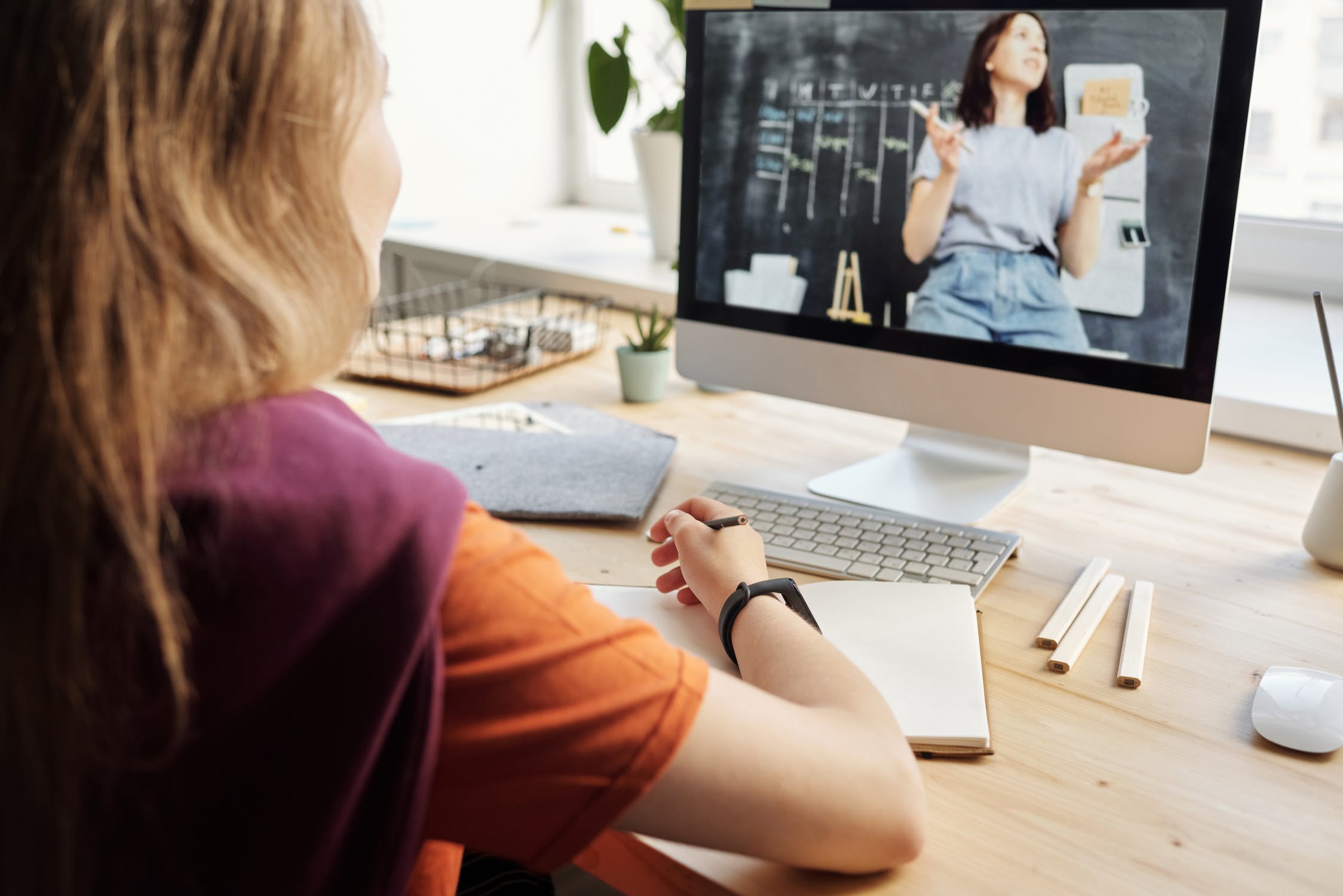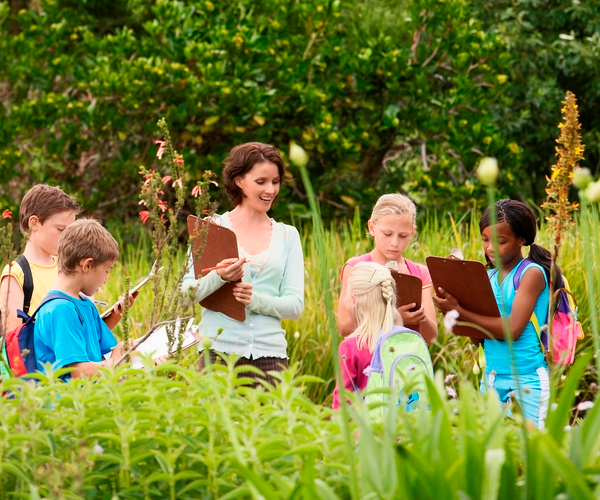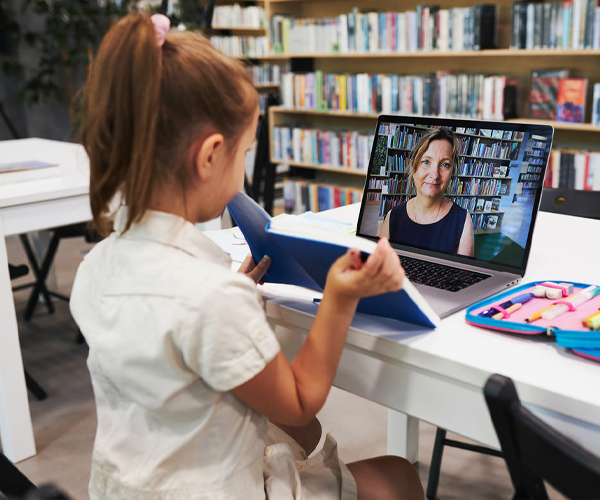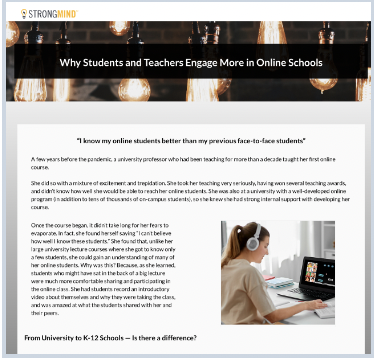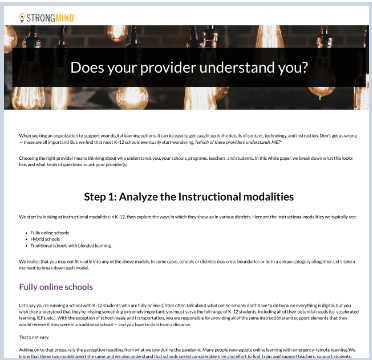From a Parent’s Perspective:
New Possibilities with Hybrid Learning
Blog Author: Steven Llewellyn
With a great passion for innovation in education, Steven is a former high school science teacher, a founder of an edtech start up in Seattle, an educational consultant for an unschooling co-op, and has been a part of college admissions and international collaboration at Duke University. He recently earned a Masters Degree in Educational, Innovation, Technology, and Entreprenuship from the University of North Carolina at Chapel Hill. We met Steven at an ed tech conference and were inspired by his vision as an education technologist and a parent of what education could be for his child and all children.
Science is my daughter’s passion. She absolutely loves going to the local science museum, watching fun youth science shows, and loves learning little interesting facts about the world via television or the Internet. During our most recent trip to the local science museum, I had the joy of watching her engage with the exhibits and it got me thinking…How great would it be if she got some kind of credit for the things that she learned there? I thought that it might be cool if she did some learning through her school, some at home/online, and some at places like our local science museum. This would be technology focused of course to combine the learning all in one place and keep track of her progress. I thought it was very clever.
And then like most of my clever ideas, I realized I wasn't exactly the first person to think of that.
I learned that hybrid schools can work well at home or with other places like clubs and learning museums. Hybrid learning gets the benefit of her learning one on one with a teacher when it's helpful. That's because the learning is done in other times or spaces and allows the teacher to create a relationship with my daughter. It does this because it offloads the instruction from the teacher. It allows other methods like online to do what they do best and allows the teacher to do what they do best. I haven't seen hybrid education applied in a science museum before but I think that it's a great application.
We live in an information age and she can get information in many different ways and in many different locations. Hybrid schooling offers a more modular education— meaning the same lesson can be taught in a wide variety of ways to fit the learner's unique interests and skills. For example, what if a child goes to a science museum and is given a special wristband, then goes up to an exhibit and taps their wristband to a plate? The exhibit can then pick a module that fits the student. Alternatively, the wristband can be used to track which exhibits the student visits, and then the teacher(s) can connect what they saw back to learning in the classroom or online.
To illustrate this, my daughter could have a great experience with a weather exhibit. She could get a lesson on the different types of clouds. Then she could go on to the next exhibit on geography, and because this exhibit is able to know that she just learned about clouds, this exhibit explains how the mountains are shaped by the clouds and precipitation, and how the mountains in turn shape the clouds. In addition to the adaptive learning within the museum itself, teachers can look at this information online and then personalize instruction based on what they see. Perhaps this could lead to a hands-on experiment in the classroom, and some asynchronous research opportunities thereafter.
Then, let’s say a high schooler comes up to the exhibit about the weather; because that student just came from a chemistry exhibit and learned about acids, the exhibit explains acid rain and the different chemical compositions of different types of precipitation in different locations.
Once again, this data can go back to teachers in a hybrid model. In some situations, a teacher may already know about the unique exhibits at the local museum and then might assign a project encouraging them to visit outside of school. Because learning is more modular in a hybrid environment, opportunities like this can be considered more heavily.
The science and research show that these types of lessons — ones that don't just give isolated bits of information, but also illustrate the connections to other content — are much more effective for retention... This type of learning would help my daughter both remember and apply new knowledge because it wouldn't just be about rote memorization; she’d be focused on increasing her overall understanding. She’d be better able to understand those lessons because she would see a clearer connection between geography and the weather. She’d see the cycle of how the mountain range shapes the clouds and how the precipitation from the clouds in turn shape the mountains.
As mentioned earlier, this information can then be shared with the school. Once she is back in the classroom (or engaged in face-to-face time online), she would then have time with her teacher to build upon the things that she learned on her trip to the science museum.
The reality is, my daughter struggles with traditional school. For her, it’s simply not engaging enough. Her struggles were only made worse by the pandemic. Since then, getting her to learn in the classroom — while beneficial in many ways — isn’t cutting it anymore. She needs something more immersive and impactful.
That’s part of what hybrid education can do for K-12 students like my daughter.
The learning model creates flexibility for instruction to happen in different places and times. We all had to go through a difficult experience with learning during Covid, and hopefully, schools and districts can learn from what happened to update the way that they support our kids. The possibilities of hybrid learning are endless. I see so many applications that fit my child’s learning needs and keep her love of learning alive.

